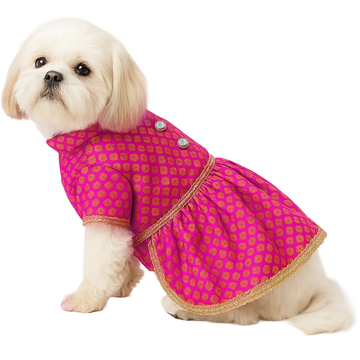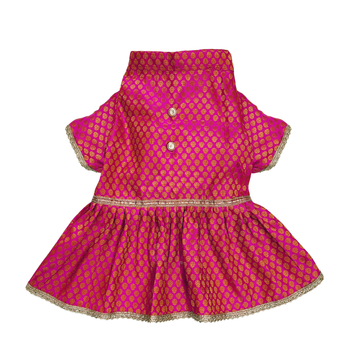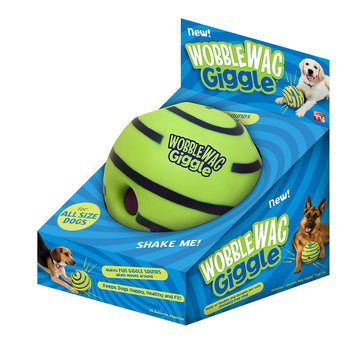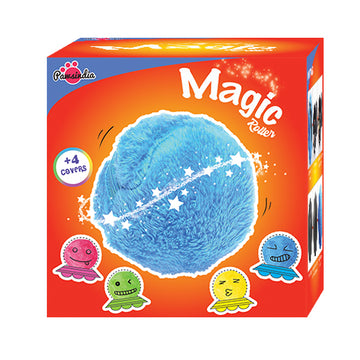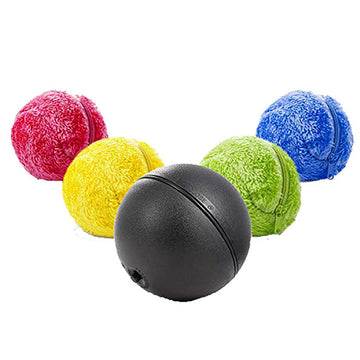Bull mastiff

Bull Mastiff
| BreedHighlighs: |
|
The Bullmastiff is a gigantic domestic breed with a concrete build and a short muzzle. There is a lot in common between the features of Bullmastiff and those of the molosser dogs. The breed boasts of ancestral connections with the English mastiff and the extinct Old English Mastiff |
| Weight: |
|
Male:50-60 kg Female:45-54 kg |
| Height: |
|
Male:63-69 cm Female:61-66 cm |
| Life Expectancy: |
| 10 yr |
| Litter Size: |
|
4 - 13 |
| Breed Appearance: |
|
The large, broad skull is crinkly and the muzzle is broad, deep and usually darker in color. The forehead is flat and the stop is moderate. The black nose is wide and has large nostrils. The teeth converge in a level or undershot bite. The medium sized eyes are dark hazel. The V-shaped ears are set high and wide, carried close to the cheeks, giving a square appearance to the skull. The strong tail is set high, thicker at the root and tapers gradually. It is either straight or curved, and reaches to the hocks. The back is short, straight and even between the withers and the loin. The short, dense, slightly rough coat comes in brindle, fawn, or red, often with black markings on the head. |
| History: |
|
Bred by English gamekeepers in the 19th century to assist English wardens or gamekeepers guard estates and capture poachers. That is why, the Bullmastiff is known as the Gamekeeper's Night Dog. The gamekeepers opted for the brindle color, as it serves primarily as an effective camouflage, especially at night. |
| Originally: |
|
The Bullmastiff was obtained by crossing 60% Mastiffs with 40% Bulldogs in the country of England. Mastiff Bulldog types can be found in records as early as 1795. In 1924, Bullmastiffs began to be judged. Three generations of breeding of Bullmastiffs were required for the Bullmastiffs to be registered as purebreds. |
| Currently Used As: |
|
Bull Mastiffs are currently used as guard dogs |
| Training: |
|
Training and socialization are of paramount importance as the breed can be independent. Dogs of this breed are natural guardians and custodians of their home and owners. A Bullmastiff is quite capable of shielding his family when its safety is jeopardized, even without any specialized guard training. |
| Health&Care: |
|
This dog breed is prone to mast cell tumors, cancer, hip dysplasia, tumors, eyelid problems, PRA and boils on the lips, bloat. It is advisable to feed the Bull Mastiff two or three small meals daily instead of providing one large meal. As this breed gains weight easily, overfeeding is forbidden. |
| Living Condition: |
|
Bullmastiffs can adjust themselves to an apartment if they are adequately exercised. They are quite lethargic indoors, and a small yard can do them a world of good. They are, however, ill-equipped to endure the oppressive heat. |
| Excersie: |
|
Bullmastiffs need to be taken on a daily walk to fulfill their primal canine instinct to migrate. Those individuals who fail in fulfilling this need are more likely to confront behavior issues. While out on the walk, the dog must be made to heel beside or behind the person leading the way forward (this is essential as loyalty towards humans makes dogs set great store by them). Teach them to enter and exit all door and gateways after the human. |
| Grooming: |
|
The short haired, slightly rough coat is easy to groom. Comb and brush with a firm bristle brush, and shampoo only when necessary. There is little shedding with this breed. Check the feet regularly because they carry a lot of weight, and trim the nails. |
| Pros: |
| Short, easy-and-quick-care coatSerene and tranquil indoors as an adult makes a quintessential watchdogdoesn't require too much exercising |
| Cons: |
| takes a lot of space in your house and car a heavy-weight dog who wants to sit on his owner’s feet and lean his weight against the owner's leg too much jumping when young (though many dog breeds do this when young)ferocious when tedious or inattentive |



